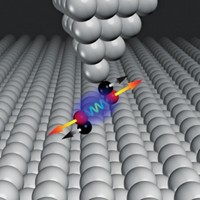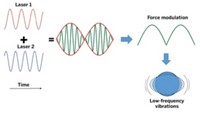Advertisement
Grab your lab coat. Let's get started
Welcome!
Welcome!
Create an account below to get 6 C&EN articles per month, receive newsletters and more - all free.
It seems this is your first time logging in online. Please enter the following information to continue.
As an ACS member you automatically get access to this site. All we need is few more details to create your reading experience.
Not you? Sign in with a different account.
Not you? Sign in with a different account.
ERROR 1
ERROR 1
ERROR 2
ERROR 2
ERROR 2
ERROR 2
ERROR 2
Password and Confirm password must match.
If you have an ACS member number, please enter it here so we can link this account to your membership. (optional)
ERROR 2
ACS values your privacy. By submitting your information, you are gaining access to C&EN and subscribing to our weekly newsletter. We use the information you provide to make your reading experience better, and we will never sell your data to third party members.
Analytical Chemistry
Visualizing A Protein's Shape-Shifting
June 16, 2008
| A version of this story appeared in
Volume 86, Issue 24
By using an advanced NMR technique, researchers in Germany have taken a closer look at how a protein can alter its structure to bind to different partners (Science 2008, 320, 1471). In the past, it had been difficult to determine the molecular mechanism underlying these conformational changes because researchers had trouble observing protein motions at the right time scales. Now, Christian Griesinger and Bert L. de Groot of the Max Planck Institute for Biophysical Chemistry, in Göttingen, Germany, and colleagues at Vanderbilt University have used NMR to examine a protein's dynamics during the crucial time window when binding takes place. By analyzing internuclear magnetic interactions called residual dipolar couplings, the team obtained a suite of NMR structures that document the flexibility of unbound ubiquitin, a regulatory protein tag. They compared their set of structures with 46 previously published X-ray crystal structures of ubiquitin bound to various partners. They found that the structural changes resulting from the binding interactions are already present in free ubiquitin's fluctuations. The results suggest that ubiquitin continuously shuffles through the different conformations necessary for complex formation, rather than being induced to change conformations upon binding.





Join the conversation
Contact the reporter
Submit a Letter to the Editor for publication
Engage with us on Twitter